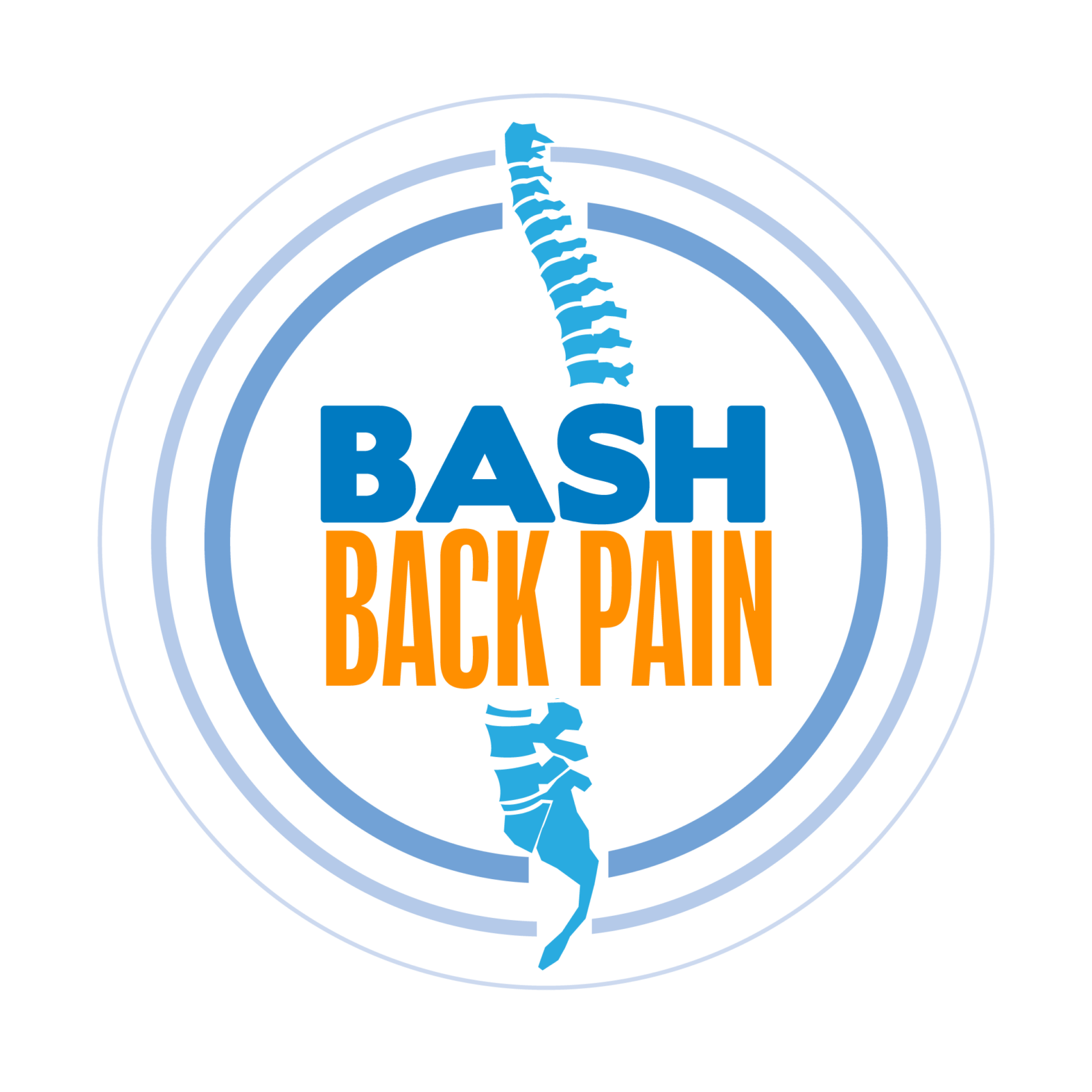Over the past 20 years the prevalence of chronic lower back pain has been on the increase.
In this article I go over what you or someone suffering from chronic pain can do to overcome this terrible affliction.
Contents
- What is chronic pain?
- How common is chronic lower back pain?
- What is the cost of chronic lower back pain?
- What are chronic lower back pain symptoms?
- What are the causes of chronic lower back pain?
- What are the risk factors for developing chronic lower back pain?
- What can you do for chronic lower back pain? Do I need surgery?
- What are some of the best ways to reduce chronic lower back pain?
- Conclusion
What is chronic pain?
Chronic pain could also be called lasting pain as it differs from what we call acute pain.
An example of acute pain would be where you fall over and skin your knee or break a bone. The pain does not last long, and it goes away once your body heals from whatever caused the pain.
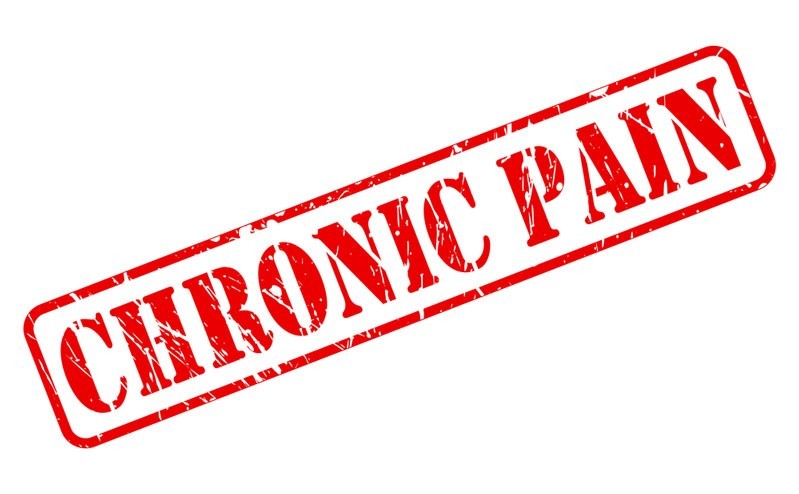
However, chronic pain continues long after you recover from the initial injury and is typically defined as a pain that continues for 12 weeks or longer.
People suffering from lower back pain that lasts longer than 3 months are then said to be suffering from chronic lower back pain.
How common is chronic lower back pain?
More common than you might think.
Research shows that eight out of 10 Americans will experience some sort of back pain during their lifetime.
Of those who have back pain, one-tenth (about 8% of the total population) deals with the chronic kind.
In the UK it has been estimated that up to 6% of the entire population will suffer from chronic back pain at some point in their lives.
What is the cost of chronic lower back pain?
The cost of chronic low back pain stems from prolonged loss of function, resulting in loss of work productivity, treatment costs, and disability payments.
In the USA it has been estimated a review of cost of-illness studies reported that in the United States, direct costs associated with lower back pain ranged from $12 billion to $90 billion per year and indirect costs ranged from $7 billion to $28 billion per year.

In the UK it has been estimated that the cost to the NHS yearly for the primary care of chronic lower back patients is over $3.7 billion.
In Japan the direct and indirect costs have been estimated at approximately $10 billion.
Chronic lower back pain places a heavy burden both on our health care systems and our economic productivity.
What are chronic lower back pain symptoms?
– Constant aching in lower back region
– Intermittent shooting or stabbing pains in lower back region
– Referred pain in the legs (sciatica) which can be constant or intermittent
– Burning sensation in lower back/pelvic region which can be constant or intermittent
As I mentioned earlier chronic lower back pain is pain which continues after 12 weeks.
We may have had an initial lower back injury from which we recovered but then we are left with a niggling pain which cease to improve.
As chronic pain is long-lasting, it often causes us to avoid physical activity or adapt our movements in other ways, which can in turn actually make our pain worse.
What are the causes of chronic lower back pain?
It is a mistake to think that a single event or injury is to blame for chronic back problems.
Often a single cause can’t be identified but rather there are several underlying conditions that can contribute to chronic pain.
– Muscle deconditioning
Muscle deconditioning – also called muscle atrophy – is one of the most common causes of chronic back pain.
Muscle deconditioning happens when your back muscles lack the strength and stability to support you properly, leading to wear and tear over time.
Some deconditioning naturally occurs as we age which is called sarcopenia which is the degenerative loss of muscle but this can be offset with exercise.

Many people stop all exercise when they initially hurt their back, which is initially recommended but too much inactivity can cause muscles to shrink and weaken.
When this happens, the muscles in your back may no longer be able to support ligaments and vertebrae as they normally would – which can lead to pain or make you more prone to injury.
– Improper posture or body mechanics
Bad habits can stress your spine and strain the soft tissue surrounding it.
Over time, this repeated stress can break down the structural components of the spine.
This has become especially prevalent during the pandemic as more people are working from home and do not have the correct home office set up.
I have already covered this in a previous article here.
If you notice yourself hunching over your keyboard several times per day, you may be developing kyphosis.
This excessive curving of the spine is often associated with chronic back pain.
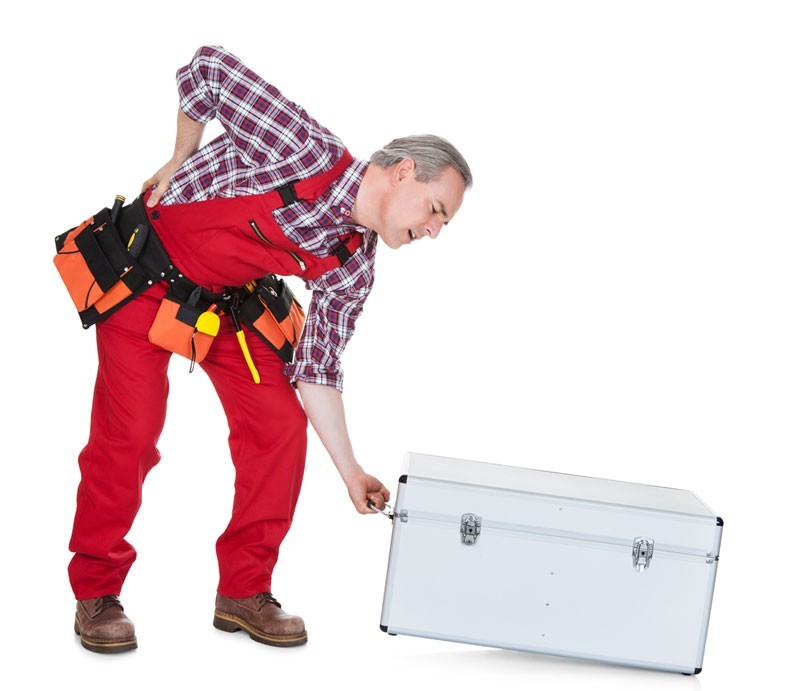
– Genetics and aging
We are all born the same but different and very small genetic abnormalities in our spinal make up may manifest into pain as we age.
Skeletal irregularities such as scoliosis (a curvature of the spine), lordosis (an abnormally exaggerated arch in the lower back), kyphosis (excessive outward arch of the spine), and other congenital anomalies of the spine can all lead to chronic lower back pain.
Someone may be suffering from Spina Bifida which involves the incomplete development of the spinal cord and/or its protective covering and can cause problems involving malformation of vertebrae and abnormal sensations and even paralysis.
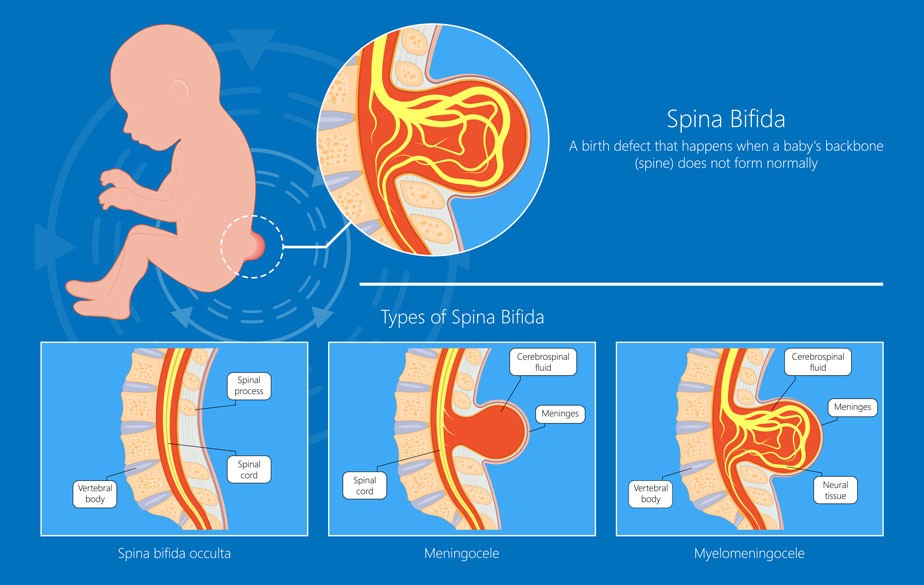
As we get older, our bodies change – and aches and pains can become more common.
We lose muscle strength and disc space within our spine and can begin to suffer from degenerative disc disease.
– Traumatic events
Events such as car accidents, falls on ice, trip-and-fall accidents, and other high-impact events can lead to such things as herniated, ruptured discs and nerve damage.

These types of trauma can speed up the aging process on the spine and trigger chronic pain to flare at later times in our lives.
– Overuse and repetition of everyday activities
Every day, the little things we do can have a big impact on the amount of stress we put on our bodies.
This accumulative load being incorrectly placed on the spinal structures can lead at some point to acute lower back pain and then if not resolved can become chronic.
What are the risk factors for developing chronic lower back pain?
– Age
As mentioned above as we age there are changes which happen to our body which can lead to the onset of lower back pain.
Typically the first attack of low back pain typically occurs between the ages of 30 and 50, and back pain becomes more common with advancing age.
The risk of spinal stenosis (narrowing of the spaces within your spine) also increases with age.
– Fitness level
Back pain is more common among people who are not physically fit. Weak back and abdominal muscles may not properly support the spine.
Those that fall into the category of “weekend warriors”—people who go out and exercise a lot after being inactive all week—are more likely to suffer painful back injuries than people who make moderate physical activity a daily habit.
– Weight gain
Being overweight, obese, or quickly gaining significant amounts of weight can put stress on the back and lead to low back pain.
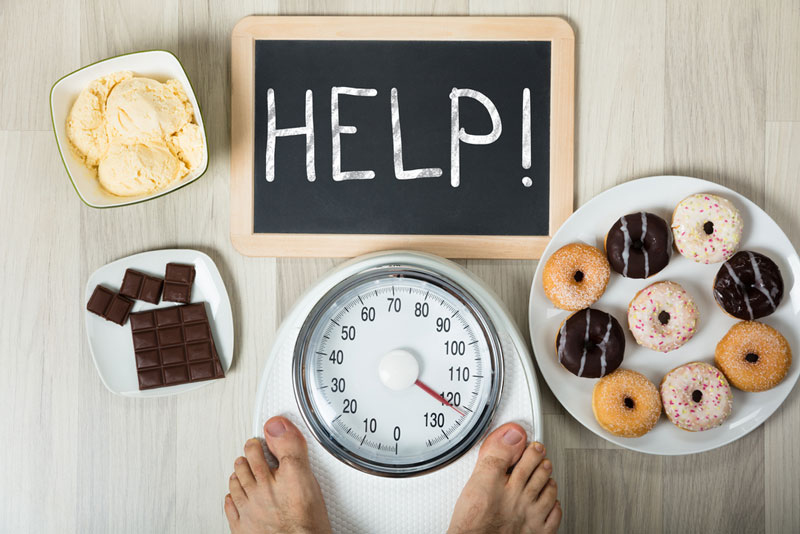
– Genetics
Some causes of back pain, such as spina bifida ankylosing spondylitis (a form of arthritis that involves fusion of the spinal joints leading to some immobility of the spine), have a genetic component.
– Your Job
Having a manual job that requires heavy lifting, pushing, or pulling, particularly when it involves twisting the spine, can lead to injury and back pain.

Working at a desk all day can contribute to pain, especially from poor posture or sitting in a chair with not enough back support.
– Mental health
Anxiety and depression can influence how closely one focuses on their pain as well as their perception of its severity.
Pain that becomes chronic also can contribute to the development of such psychological factors.
Stress can affect the body in numerous ways, including causing muscle tension.
– Smoking
It can restrict blood flow and oxygen to the discs, causing them to degenerate faster.
– Backpack overload in children
A backpack or shoulder bag overloaded with schoolbooks and supplies can strain the back and cause muscle fatigue.
I go over the correct way to wear your back back/shoulder bag in the video below.
– Psychological factors
Mood and depression, stress, and psychological well-being also can influence the likelihood of experiencing back pain.
What can you do for chronic lower back pain? Do I need surgery?
Surgery should always be the last option once all non-surgical treatment options have been exhausted and stopped working.
Although surgery can be an effective option for long-term pain relief there’s not a lot of data to support that surgery is the best solution for curing back pain.
The best treatment for chronic back pain is movement….

I have talked about this in many articles and you can read more about it here.
I know it may seem counterintuitive as when your back hurts, you usually think it’s time to take it easy but the less you move the more you’ll experience that muscle deconditioning – and your pain will probably get worse.
What are some of the best ways to reduce chronic lower back pain?
– Stretch
Pay particular attention to the hips and pelvic region and you should try some decompression stretches like the one I demonstrate below.
– Stay active
An exercise routine can strengthen muscles, improve mood and distract from the pain.
– Practice relaxation techniques
I know you are thinking easier said than done in todays world!
The psychological side effects of living with chronic pain can be as debilitating as the pain itself.
There are however many useful smartphone applications that focus on relaxation and mindfulness can be useful for this.
Focused deep breathing such as that used in Qui Gong can help to reduce stress levels and bring about a sense of calm.
– Pace yourself
Take your time, doing too much or too little can increase pain. You should plan for a balance of daily tasks, recreation and other responsibilities.
Taking breaks before the pain level is too high can decrease the frustration that may happen with a pain flare.
– Reduce stress in your life
Negative feelings like depression, anxiety, stress, and anger can increase the body’s sensitivity to pain.
By learning to take control of stress, you may find some relief from chronic pain.
Studies have shown treating anxiety and depression may reduce pain and improve quality of life.
Emotions play a huge part in chronic pain and I discuss the use of such things as cognitive behavioral therapy to lessen chronic lower back pain here.
– Get the sleep you need
Poor sleep often can worsen pain. Good sleep hygiene, relaxation techniques and a calming nighttime routine can improve sleep.
Admittedly many people have trouble sleeping because of their chronic lower back pain and I share some suggested sleep positions below in my video to improve your chances of a restful night.
– Avoid flexion before noon
How would you like to reduce your chronic pain intensity by 29% and days in pain by 23%?
Of course you would right!
Well that is exactly what researchers did when looking at avoiding flexion for the first four hours of the day and its effects on those suffering from chronic lower back pain.
To find out how to implement this technique check out the video below where I take you through the exact steps you need to implement.
Conclusion
Chronic lower back pain results in a tremendous cost both to our health systems and our own personal wellbeing and quality of life.
If you or someone you know is struggling with chronic pain please share this article with them and check out my lower back pain recovery course where I take you through a 21 day program designed to significantly reduce or even eliminate your pain completely.
And if you would like more helpful hints and tips on how to reduce your lower back/sciatica pain then subscribe to my weekly email here.
Share the love people!
